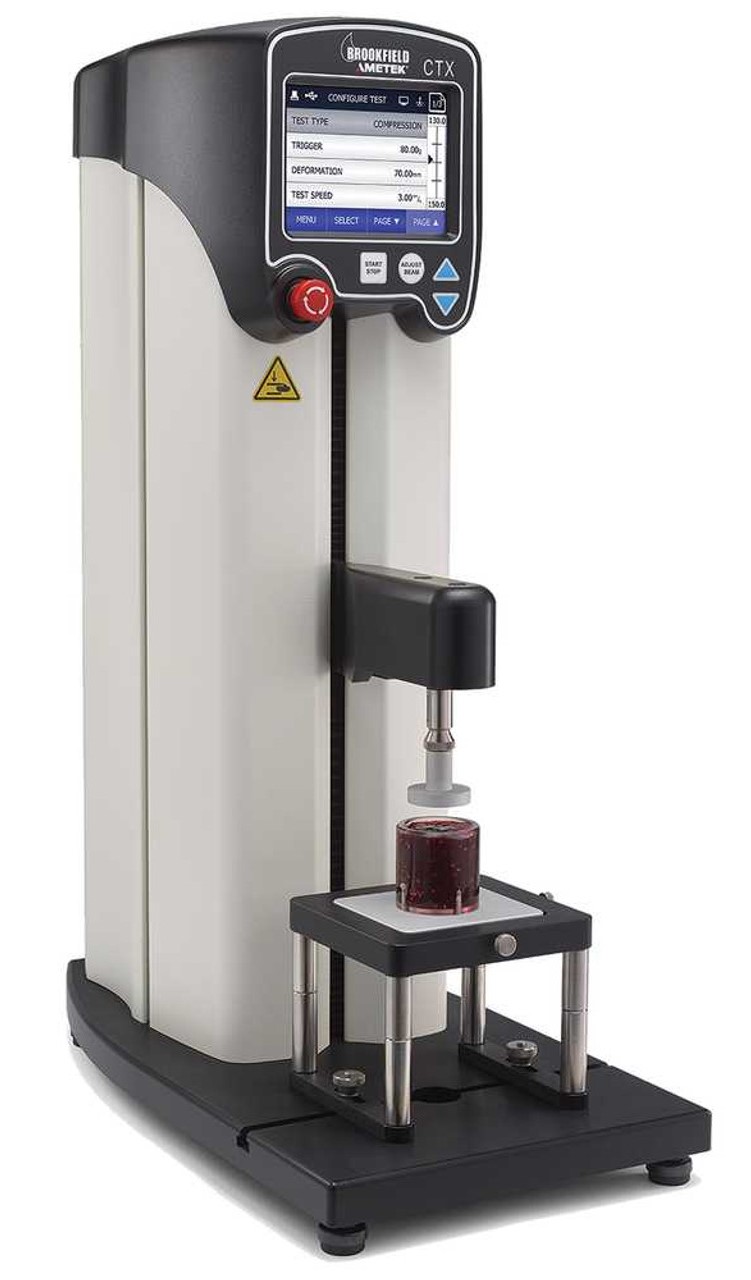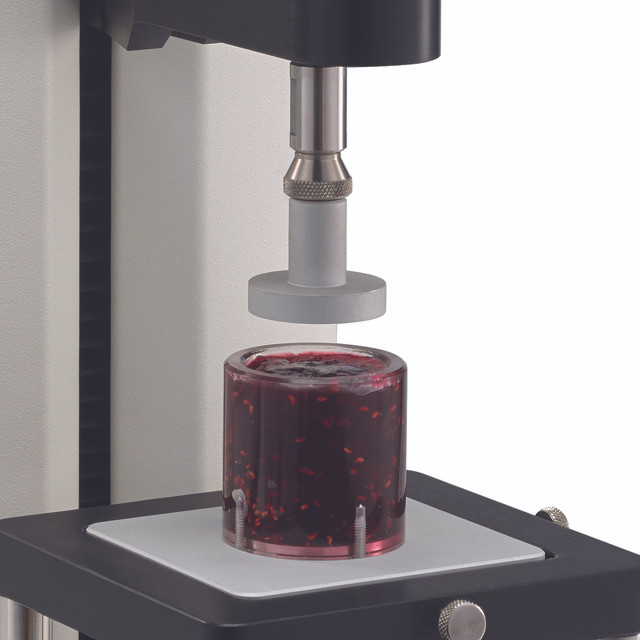
Texture Analyser & Mouth Feel test

Any food product undergoing quality control testing utilising texture analysis (see Figure 1) requires a standardised test procedure that has been experimentally tailored to the target product and the equipment available. The test must also be straightforward, quick to do, and repeatable These seem like unreasonable expectations in the hectic, cost-conscious production environment of today. The scenario that demonstrates how these recommendations were swiftly and simply followed is described below.
Three production lines are used by one premium dessert maker to create somewhat similar but distinct yoghurt items. The unique quality that set these sweets apart from their rivals was thought to be their mouthfeel. By dragging the product across the tongue, the product is sensory tested for mouthfeel. They wanted to ensure this level of excellence. The closest simulation of the mouth-feel procedure is a back extrusion test using a Texture Analyser. The rear extrusion test has the benefit of allowing the product to be tested in its retail container. As an alternative, the back extrusion test may be carried out using specialised accessory fixtures for texture analysers. Figure 2 shows a sample going to undergo a conventional back extrusion test.

The yoghurt testing probe has a slightly smaller diameter than the container. Back extrusion is the process by which the product is pushed back up between the side of the container and the edge of the probe while the probe descends at a constant pace.
The texture analyser monitors an increasing load force as the product slips past the probe's edge during a back extrusion test. The load force typically stops growing once the probe is completely saturated with the product and remains steady for the duration of the downward trip. Figure 3's graph displays information from the three dessert goods that were tested under the same settings.
As the probe contacts the sample surface, zero on the x-axis indicates that location. The probe lowers 15mm from that point before retracting to its starting position. The goods' resistance is shown by the negative load force readings when the probe moves back to its starting location. Take note of how far to the left of the x-axis zero the negative load stretches. This happens because of the product adhering to the probe and creating a peak before breaking away.

The softest of the three yoghurts tested is shown by the green curve. Very little load stress is shown at the start of the test due to the lack of a steep slope, and the minimal load force points to a product with low viscosity that can be readily dragged over the tongue.
The red curve begins the exam with a brief, sharp slope. This indicates that the yoghurt is more rigid. Although greater power is needed, it may create peaks when spooned and is smoothed smoothly over the tongue. The blue curve demonstrates that although it takes substantially more effort to pull this yoghurt across the tongue, it exhibits a stiffness similar to that of the earlier version.
This indicates that its viscosity is most likely substantially higher. Although texture analysers don't directly measure viscosity, the viscosity may frequently be associated with the physical attributes they do detect. The back extrusion test is quick and simple to carry out, and it assesses yoghurt’s physical characteristics that are directly connected to the mouthfeel.
It is easy to design a method by empirically finding the right probe size and ideal test speed for doing a rapid and effective QC check. The technique is to confirm that the load force value has stabilised before addressing the issue of probe penetration depth.
A technology that is becoming more and more popular in the food sector is the texture analyser, which offers a variety of objective data for crucial mouth-feel criteria.
Do you want to know more about how you can use Texture Analyser? Contact our team of experts today.
|
To Find Out More |
